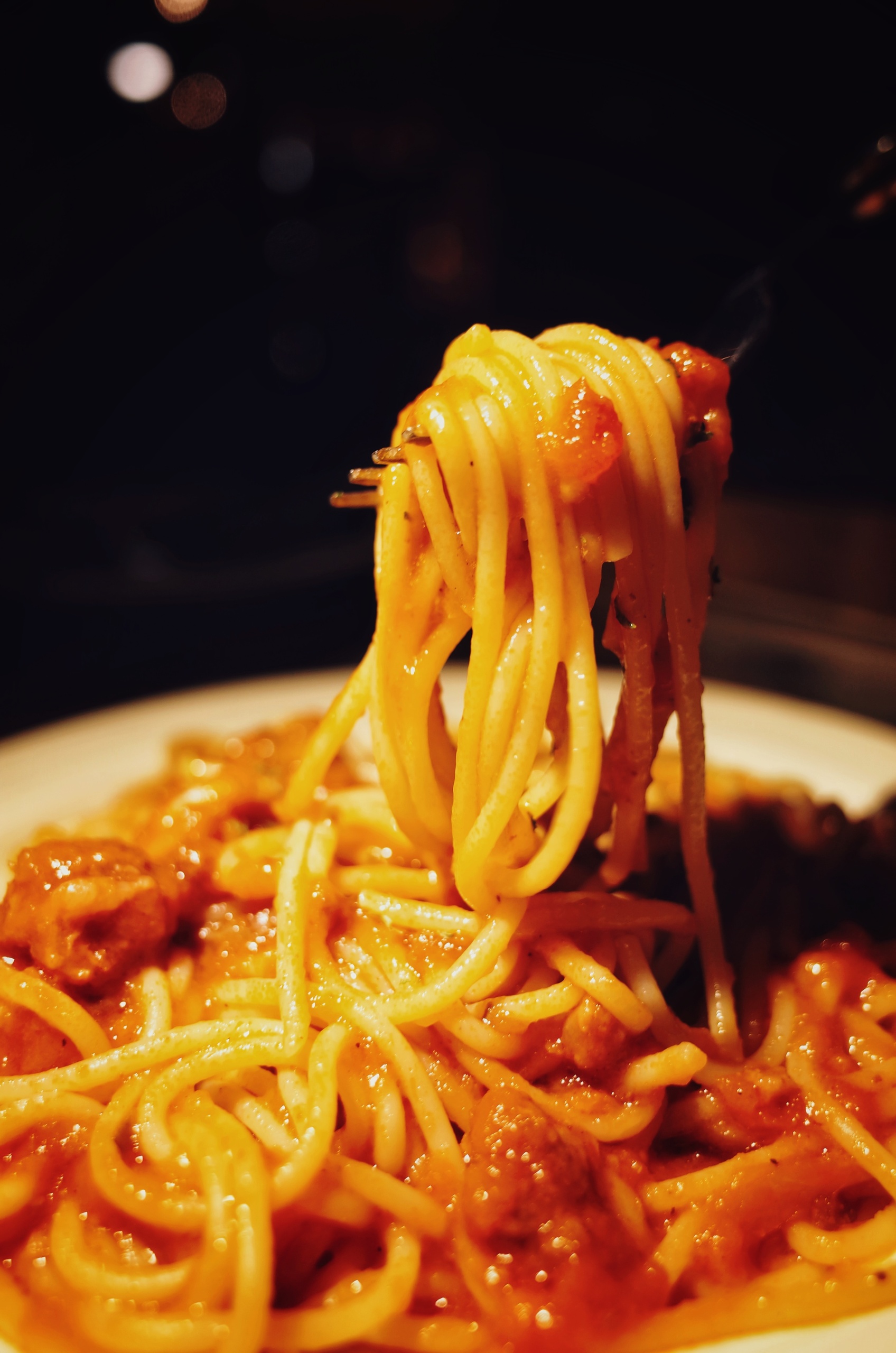“Everything you see, I owe to spaghetti.” – Sophia Loren
As Italians, we may celebrate pasta every day, but on this special occasion we want to dive deep into the world of Italian pasta. A world that is so wide and different not only because of the copious recipes, but also because of the many shapes, textures and roles pastas have in the Italian gastronomy history.
So here’s a short guide on the main three different types of pasta and for each type, three of the most famous shapes from North to South!
Pasta asciutta
Literally called “dry pasta”, this is the most iconic kind, what people picture in their mind when thinking of a pasta dish. Whether is long or short, every shape give us joy. Following, a short list of the most famous forms and their most common use in Italian dishes:
- Penne are a short, cylindrical pasta with diagonal ends, great for holding thicker sauces.
When in Milan, ask for “penne al gorgonzola” - Rigatoni are a large, ridged tubes of pasta, perfect for capturing hearty sauces.
When in Rome, ask for “rigatoni alla carbonara” - Spaghetti is the long, thin, cylindrical pasta. It’s a classic choice for many Italian dishes.
When in Naples, ask for “spaghetti alle vongole”
Pasta fresca
When picturing yourself actually making pasta, you may imagine rolling a thin layer of pasta dough and then cut it to make it thick long stripes with flour all around you. The warm yellow color of this eggs-based kind of pasta and its smothness are the main traits of the pasta fesca (=fresh pasta).
- Tagliatelle are long, flat ribbons of pasta.
When in Bologna, ask for “tagliatelle al ragù” - Pappardelle are wide, flat, and have a ribbon-like shape.
When in Florence, ask for “pappardelle ai funghi porcini” - Orecchiette (=small ears) is named for its distinctive shape, which resembles small, round, ear-like shells.
When in Bari, ask for “orecchiette alle cime di rapa”
Pasta ripiena
Filled pasta brings out the creativity of the Italian gastronomy, where recipes become the most delicious mix between sauces and the filling of the pasta, as well as the fantasies of shapes.
- Tortellini have a small, ring-shaped or navel-like appearance. Inside there is a mixture of ground meat, cheese, and herbs.
When in Modena, ask for “tortellini in brodo” - Ravioli are wider and may have a more squared shape. The filling can vary, a famous one is ricotta cheese and spinach.
When in Perugia, ask for “ravioli ricotta e spinaci al burro e salvia” - Culurgiones have the shape of a half moon and are typical in the island of Sardinia. Inside you’ll find potatoes, pecorino cheese and mint.
When in Cagliari, ask for “culurgiones alla menta”
When traveling to Italy, don’t settle for average. Look around the corner and find unexpected paths. Follow us!
Subscribe to our newsletter!


